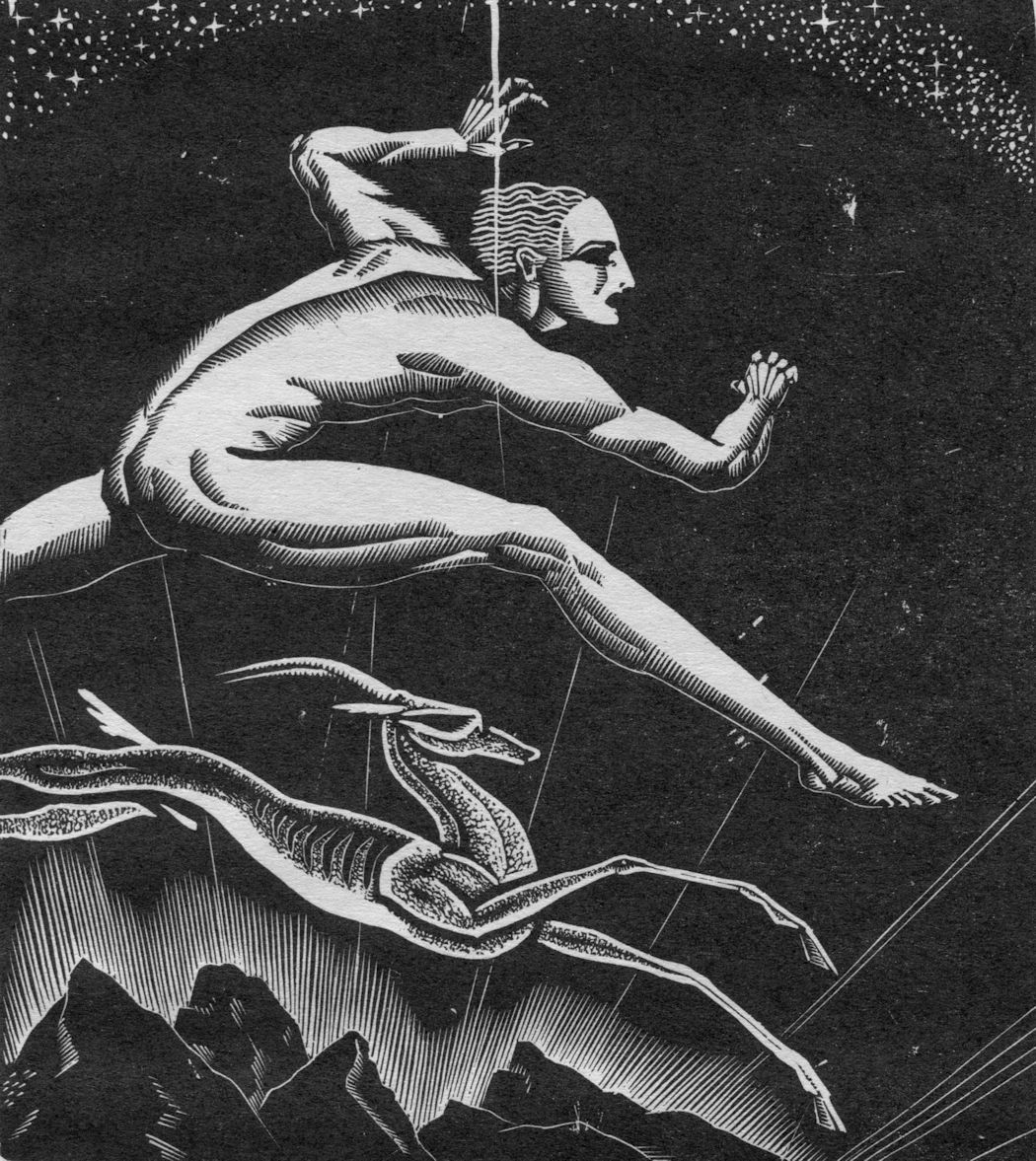Felix Hilaire Buhot (1847 - 1898)
Etcher, painter, and draftsman Felix Buhot was born in Valognes, France. Orphaned at an early age, he moved to Paris and after a brief period of academic study he began formal art studies at the École des Beaux-Arts, working under Isidore-Alexandre Augustin Pils, Horace Lecoq de Boisbaudran, and Jules Noel.
In the 1870s, Buhot began creating etchings of famous paintings for magazine and book illustrations and at the same time created watercolor landscapes and seascapes
Buhot produced the first of the etchings for which he is best known beginning in 1873, employing aquatint, engraving, roulette and drypoint to attain the desired effects. Buhot is known for his distinctive use of vignettes in the margins of his prints which complement the major theme of the work. He became one of the most famous and collected printmakers of his day, exhibiting his work at the annual Salons between 1875 and 1886. Though Buhot continued to exhibit his prints he turned away from printmaking in favor of painting. But during the latter years of his life, serious depression led to the abandonment of his artistic career. He died at Paris.

Une Matinee d’Hiver au Quai de l’Hôtel Dieu (The Cab Stand)
Etching, drypoint, roulette and stop-out, 1876. Image size 12-5/8” x 9-3/8”; sheet size 15-1/8” x 12-3/8”. Bourcard/Goodfriend 123, eleventh of fourteen known states, signed and dated in the plate with Buhot’s red owl stamp in the lower margin. Very faintly toned in the sight area, with unobtrusive repair of a 3/4” x 1/4” fragment in the lower left-hand corner of the sheet, otherwise a fine impression in fine condition.
Of the fourteen states of this print, the eleventh is one of just two states, the other being the fourteenth, that display what Buhot called a marge symphonique, or symphonic margin, arrayed across the bottom of the plate and featuring, from left to right, a church, cat, archway, coach, a building delineated with vertical lines, a man on horseback, a railroad train, two dogs chasing a carriage, an unhorsed cab, and a pair of shoes. These sketches were erased in states twelve and thirteen, and a different array of sketches was added to the fourteenth and final state of the print after which the plate was cancelled.
Excessively rare, especially in this condition, this copy came to us from a private collector by descent through the family. Borcard & Goodfriend 123 xi
POR
